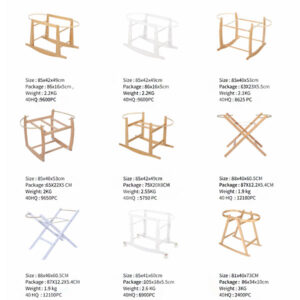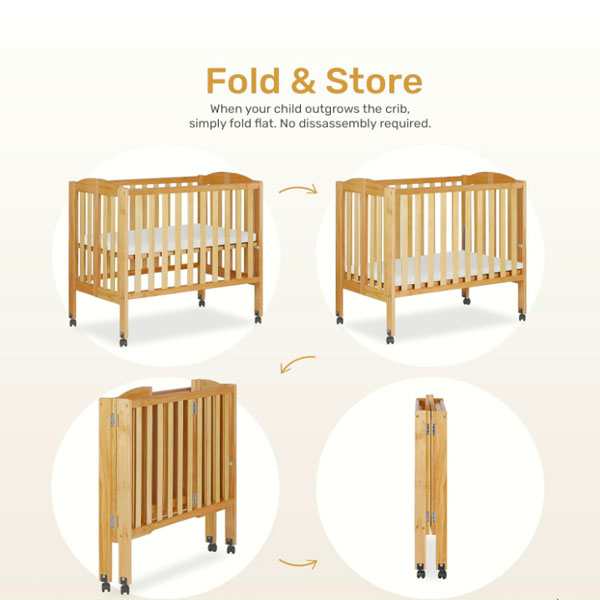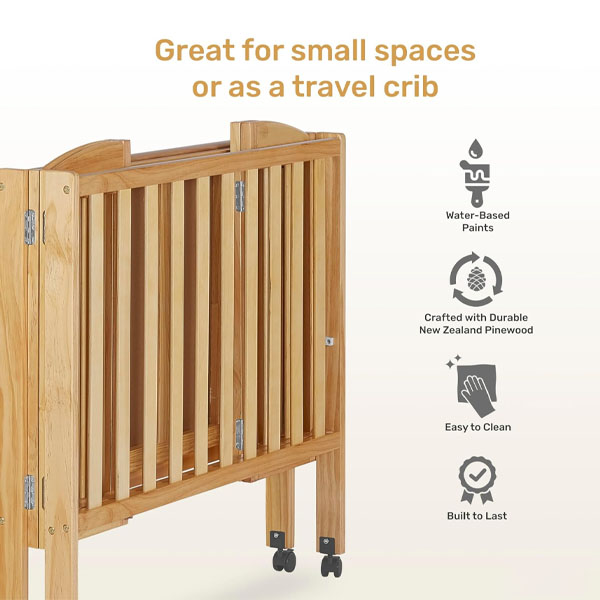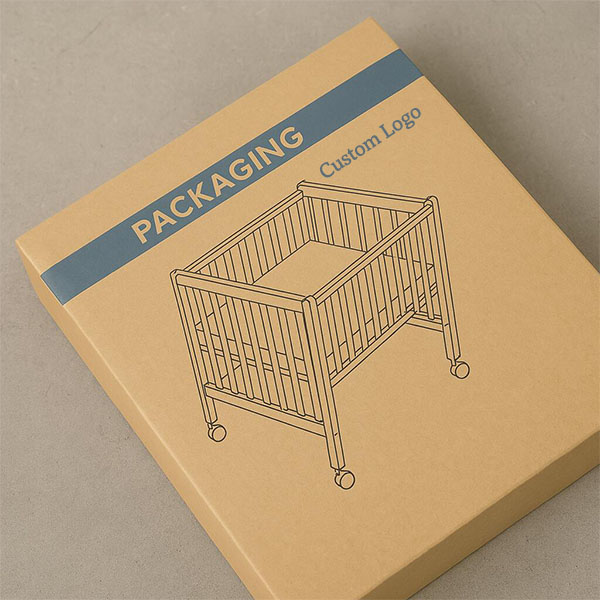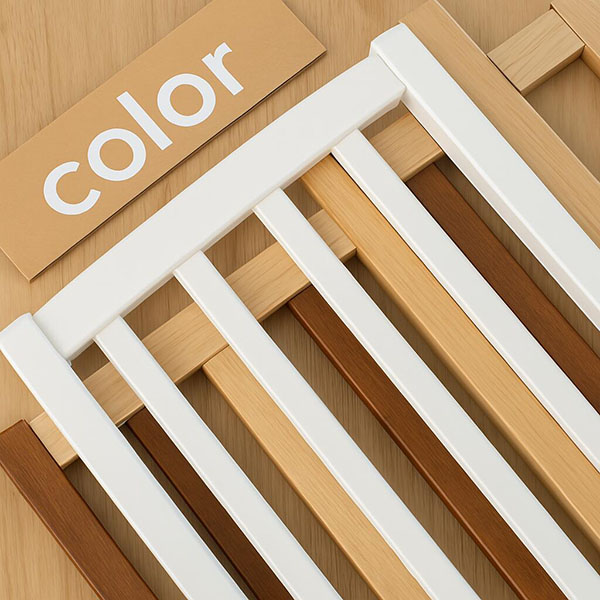How the Cutting Board Industry Can Reduce Its Carbon Footprint
As sustainability becomes a global priority, industries are under increasing pressure to minimize their environmental impact—including the cutting board industry. While cutting boards may seem like a small household item, their production, distribution, and disposal contribute to carbon emissions. In this article, we’ll explore innovative, professional, and in-depth strategies that the cutting board industry can implement to reduce its carbon footprint while maintaining quality and functionality.As sustainability becomes a global priority, industries are under increasing pressure to minimize their environmental impact—including the cutting board industry. While cutting boards may seem like a small household item, their production, distribution, and disposal contribute to carbon emissions. In this article, we’ll explore innovative, professional, and in-depth strategies that the cutting board industry can implement to reduce its carbon footprint while maintaining quality and functionality.

www.woodencraftsliving.com
1. Sustainable Material Sourcing
a. Choosing Eco-Friendly Wood Sources
Wooden cutting boards remain a popular choice due to their durability and natural antimicrobial properties. However, deforestation and unsustainable logging practices contribute to carbon emissions. The industry can reduce its impact by:
- Using FSC-Certified Wood – The Forest Stewardship Council (FSC) ensures responsible forest management, reducing carbon output linked to deforestation.
- Sourcing from Renewable Plantations – Choosing wood from fast-growing trees like acacia and rubberwood helps maintain forest balance.
- Utilizing Reclaimed or Recycled Wood – Upcycling discarded wood reduces waste while lowering the demand for newly harvested timber.
b. Bamboo as a Low-Carbon Alternative
Bamboo cutting boards have gained traction as an eco-friendly alternative because:
- Bamboo grows rapidly, replenishing quickly without requiring replanting.
- It absorbs more CO₂ than traditional hardwoods, reducing overall atmospheric carbon.
- It requires fewer pesticides and fertilizers, decreasing chemical pollution.
c. Transitioning Away from Plastic Cutting Boards
Plastic cutting boards contribute to landfill waste and microplastic pollution. While they are durable, their carbon footprint is significantly higher due to petroleum-based production. The industry should:
- Increase recycling initiatives for plastic boards.
- Develop bio-based alternatives that decompose naturally.
- Incentivize consumers to switch to sustainable materials.
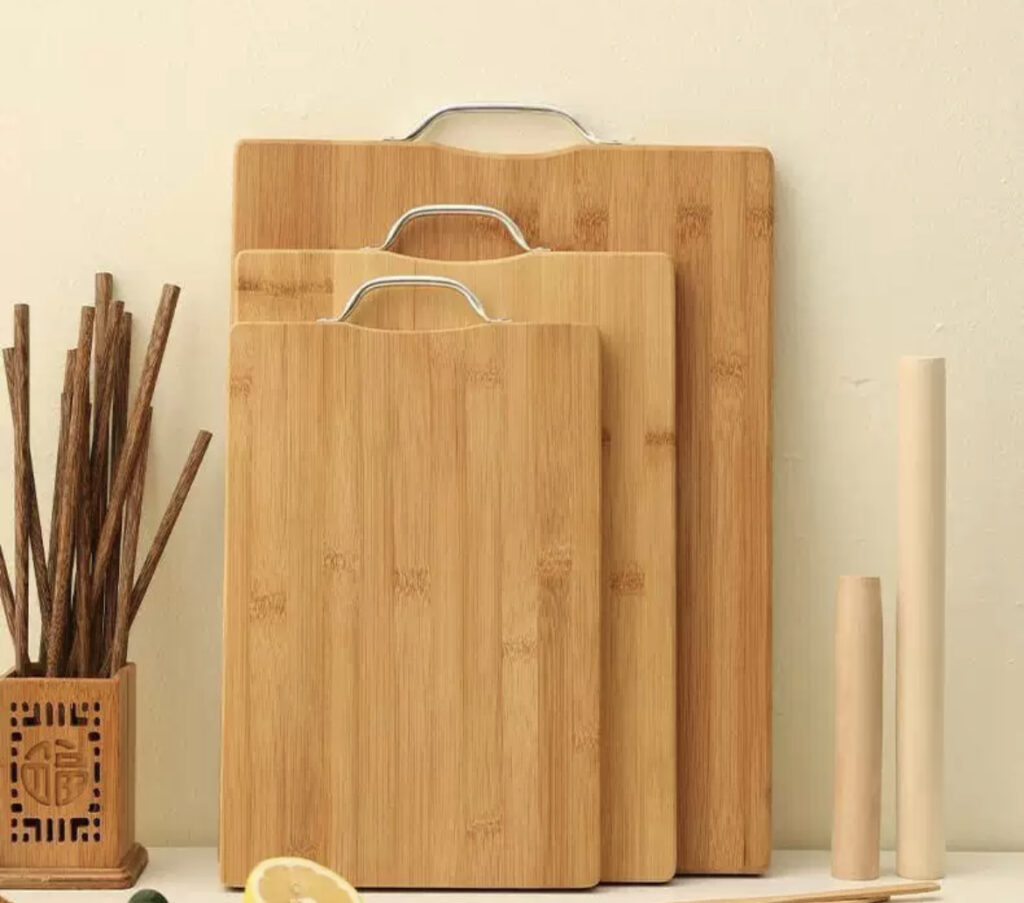
www.woodencraftsliving.com
2. Low-Impact Manufacturing Processes
a. Reducing Energy Consumption in Factories
Manufacturing cutting boards involves sawing, shaping, and finishing, which can be energy-intensive. Companies can:
- Implement solar or wind energy in production facilities.
- Use high-efficiency machinery to reduce power consumption.
- Adopt heat recovery systems to capture and reuse energy.
b. Water Conservation in Production
- Wood drying processes consume large amounts of water. Using kiln-drying techniques powered by renewable energy can minimize this impact.
- Implement closed-loop water recycling systems in manufacturing plants to reduce wastewater output.
c. Eco-Friendly Adhesives & Finishes
Many cutting boards use synthetic adhesives, varnishes, and resins that emit volatile organic compounds (VOCs). The industry can switch to:
- Plant-based, non-toxic adhesives that are biodegradable.
- Natural finishes like beeswax and linseed oil instead of chemical sealants.
3. Sustainable Packaging & Distribution
a. Reducing Packaging Waste
Excessive packaging increases both waste and shipping emissions. Brands can:
- Use minimal, recyclable packaging such as kraft paper, compostable wraps, or plant-based plastics.
- Encourage bulk packaging for wholesalers and retailers to cut down on single-use materials.
- Adopt reusable packaging solutions for premium products.
b. Optimizing Logistics for Lower Carbon Emissions
Shipping contributes significantly to the industry’s carbon footprint. Companies can:
- Prioritize local sourcing to reduce long-haul transportation emissions.
- Invest in carbon-neutral shipping options like electric delivery vehicles.
- Use smart logistics systems to optimize delivery routes and minimize fuel use.
4. Promoting a Circular Economy in Cutting Board Production
a. Encouraging Recycling & Upcycling
Brands can introduce:
- Take-back programs where old cutting boards are returned and repurposed.
- Recycled cutting board collections, giving discarded materials a second life.
- Compostable cutting boards, especially for bamboo and biodegradable composites.
b. Educating Consumers on Sustainable Practices
Companies should inform buyers on how to extend the lifespan of their cutting boards by:
- Proper maintenance (oil treatments, correct cleaning).
- Safe disposal methods to avoid landfilling.
- DIY upcycling ideas for repurposing old boards into home décor or furniture.
5. Certifications & Corporate Responsibility Initiatives
a. Obtaining Eco-Certifications
Cutting board brands can build trust and sustainability credibility by getting certifications like:
- FSC (Forest Stewardship Council) Certification – Ensures wood is responsibly sourced.
- Green Seal Certification – Confirms environmentally responsible production.
- Cradle to Cradle Certification – Recognizes fully recyclable and sustainable products.
b. Partnering with Environmental Organizations
Companies can:
- Offset carbon emissions by investing in tree-planting programs.
- Support ocean cleanup projects to counteract plastic waste.
- Educate consumers through sustainability campaigns to build a greener mindset.
Conclusion: A Low-Carbon Future for Cutting Boards
Reducing the carbon footprint of the cutting board industry requires a holistic approach, from sustainable sourcing and eco-friendly manufacturing to waste reduction and consumer education. By implementing these strategies, the industry can minimize its environmental impact while delivering high-quality, functional, and stylish cutting boards for modern kitchens.
Companies that adopt greener practices will not only reduce emissions but also appeal to eco-conscious consumers, securing their place in the future of sustainable home goods.
By taking action today, the cutting board industry can carve out a more sustainable tomorrow. 🌿
www.woodencraftsliving.com


